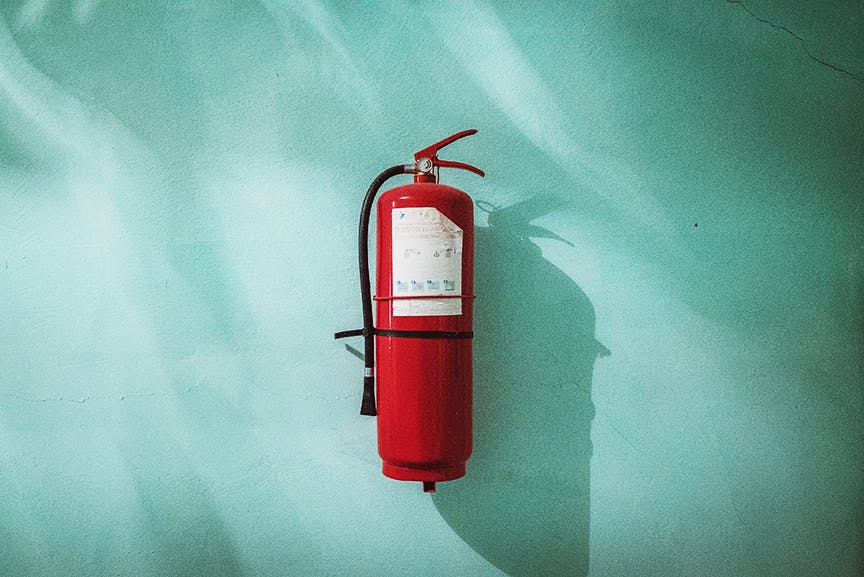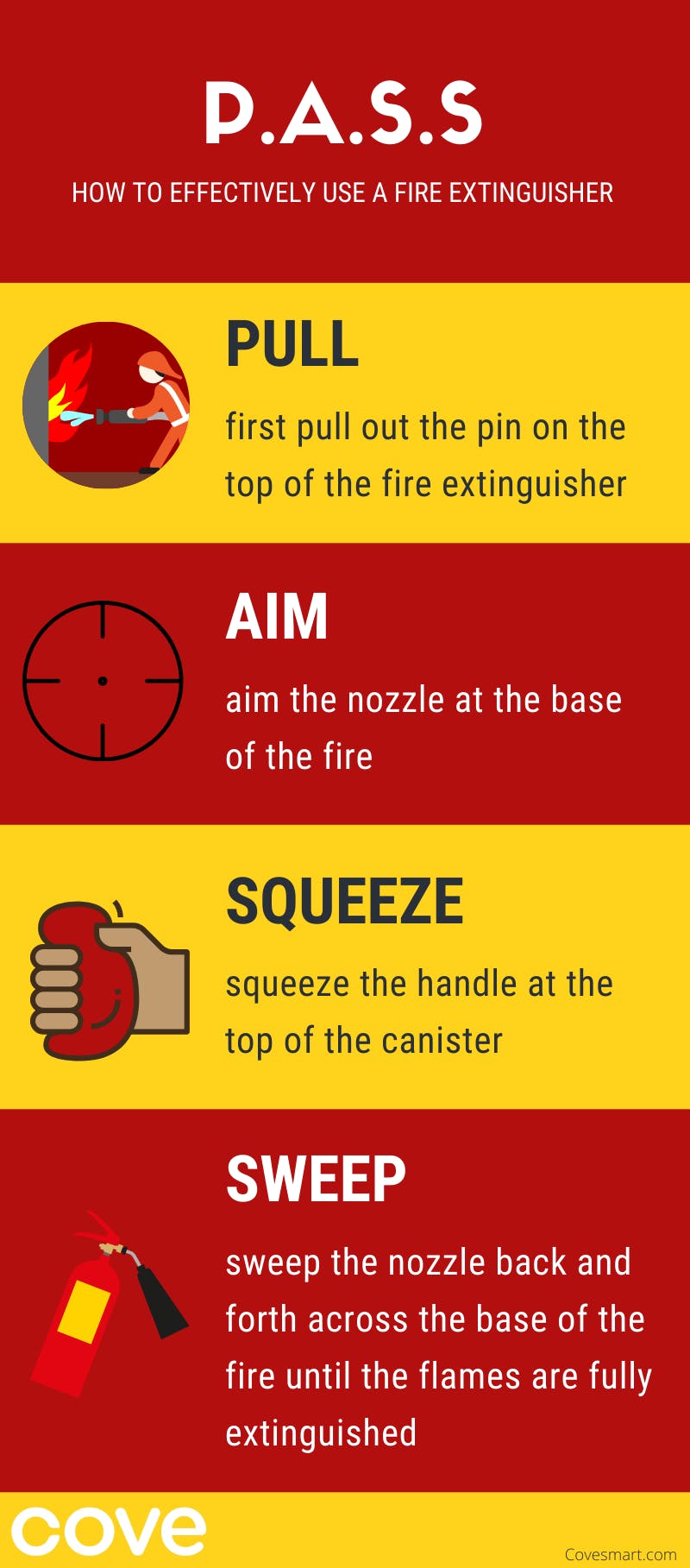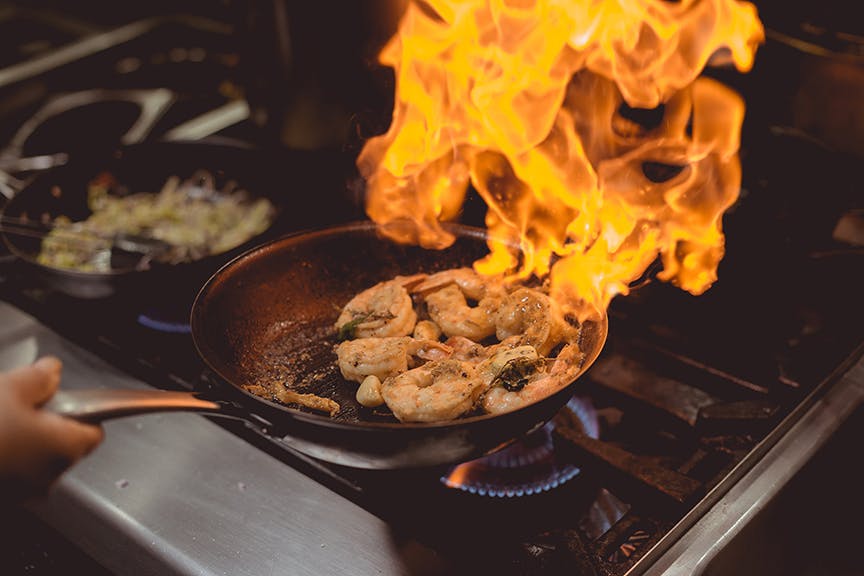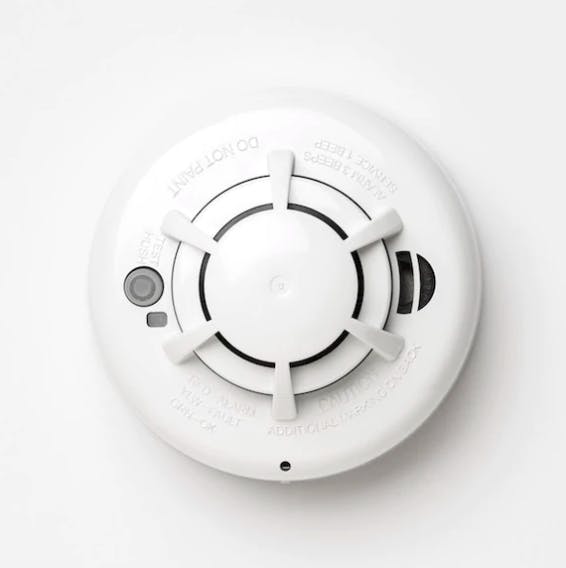
Answer: The PASS technique is a feature of basic fire extinguisher safety. PASS is an acronym that stands for: Pull, Aim, Squeeze, Sweep. You must first pull out the pin on the top of the fire extinguisher. Then you should aim the nozzle at the base of the fire. You should then squeeze the handle at the top of the canister, and sweep the nozzle back and forth across the base of the fire until the flames are fully extinguished. For your own safety, you should make sure to always follow these principles when using a fire extinguisher.
Types of Fires
Fires are divided into several classes.
- Class A Fires: These fires are caused by “normal combustibles,” or things like paper, wood, and plastic.
- Class B Fires: These fires are caused by combustible liquids and flammable gases such as hydrogen, gasoline, and propane, among others.
- Class C Fires: These are electrical fires, often caused by a faulty circuit or a malfunction of some kind of electrical system. These can occur in microwaves and other appliances, as well as fuse boxes.
- Class D Fires: These fires result from the combustion of metals, including magnesium. The most common reason you might see this kind of fire in your day to day life would be fireworks, which utilize many types of combustible metal for their pretty colors.
- Class K Fires: These are grease fires caused by cooking oils and other fats, and are pretty common in kitchens.
For additional information on the types of fires that can happen and how to put them out, click here.

Which Type of Extinguisher Should You Use?
Because different combustible materials cause different kinds of fires, extinguishing methods will differ depending on the type of fire. You should always make sure to be using the type of extinguisher that works best for the fire.
There are extinguishers available for each of the types of fire listed above, except for Class K fires, which can usually be extinguished using a Class B extinguisher. Multi-purpose extinguishers are also available, which are labelled as AB, ABC, BC, etc. ABC fire extinguishers are fairly common in apartment complexes.
Be sure to check the label on your fire extinguisher to make sure it is the right kind. All canisters should be clearly marked with one or more of the letters listed above.

What If You Don’t Have an Extinguisher on Hand?
I remember one day as a freshman in college, I had decided to make myself a pan-fried steak. I poured some oil in my frying pan, and turned on the heat on the stove. When I plopped my steak down in the pan, I was dismayed as flames began leaping several feet out of the pan. I couldn’t remember where the extinguisher was, so I reached in the cupboard, grabbed the baking soda, and poured it all over the steak, pan, and oil. The baking soda served to smother the fire without spreading it, although my steak was no longer edible. I had a sandwich instead.
Ok, so this is an example of a Class K fire, as it was the oil that had caught fire. Funnily enough, baking soda works quite well to put out fires, as it releases carbon dioxide, which then smothers the fire.
Water can help to put out class A fires, but should not be used for any other fires. Water can actually spread a Class B or Class K fire, and you shouldn’t douse electrical appliances in water because of the risk of electrocution.

Other Fire Safety Principles
Okay, so now you understand the basics of fire extinguisher safety, let’s talk about some other important fire safety principles.
Perhaps the most important fire safety principle is to catch it early, before it has a chance to spread. This is where smoke alarms come in. Legally, you are obligated to have a working smoke alarm in your home and workspace. Smoke alarms help you to sense a fire early, and you may even be able to put out smaller fires yourself. If the flames are larger than a few feet, you should move your family and yourself to a safe area outside of the home.
If a fire alarm goes off while you are asleep or you smell smoke from inside your room, you should make sure to test the doorknob with the back of your hand to see if it is safe for you to open the door. If the knob is hot, you should stay in the room, and try instead to exit through the window. The door will serve as a barrier to the fire and smoke, and will give you more time to evacuate through your window.
Spread the Word
Now that you know some of the basic fire safety principles, make sure that your family and friends are aware of and trained on how to respond to emergency fire situations.
Also, since you are here, take a moment to click here and check out Cove’s smoke detectors!
